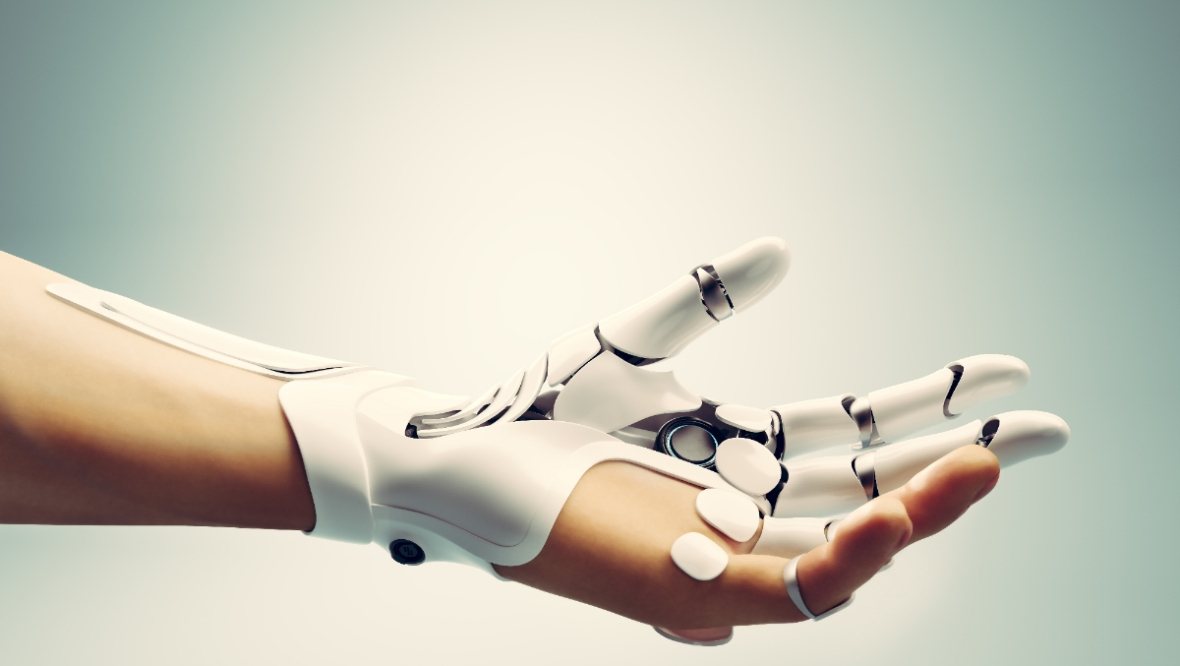Engineers at the University of Glasgow have successfully created ‘e-skin’ which responds to pressure similarly to human skin.
The revolutionary breakthrough could “help create a new generation of smart robots” as well as prosthetic limbs that can feel and react to pressure and temperature sensations with human-like sensitivity, according to the team of experts.
The team at the James Watt School of Engineering developed the artificial skin to “mimic the human nervous system”.
Team leader, professor Ravinder Dahiya, said that the technology was based on how human beings learn early on how to respond to unexpected sensations, and prevent future pain.
Fengyuan Liu, co-author of a paper describing the project in the journal Science Robotics, said: “This research could be the basis for a more advanced electronic skin which enables robots capable of exploring and interacting with the world in new ways, or building prosthetic limbs which are capable of near-human levels of touch sensitivity.”
Inspired by the human peripheral nervous system, the e-skin is printed with a network of ‘synaptic transistors’ linked to touch receptors.
This system reacts to external stimuli much quicker than previous attempts at artificial skin, enabling it to learn from pressure applied and respond appropriately.
When the sensor is touched, it registers a change in its electrical resistance – a small change corresponds to a light touch, and harder touch creates a larger change in resistance. This input is designed to mimic the way sensory neurons work in the human body.
Through trial and error, the team successfully made a robotic hand covered with the artificial skin recoil over a sharp jab in the centre of the palm.
Professor Dahiya said: “What we’ve been able to create through this process is an electronic skin capable of distributed learning at the hardware level, which doesn’t need to send messages back and forth to a central processor before taking action. Instead, it greatly accelerates the process of responding to touch by cutting down the amount of computation required.
“We believe that this is a real step forward in our work towards creating large-scale neuromorphic printed electronic skin capable of responding appropriately to stimuli.”
The team’s paper has been published in the Science Robotics journal. The research was supported by funding from the Engineering and Physical Sciences Research Council (EPSRC).
Follow STV News on WhatsApp
Scan the QR code on your mobile device for all the latest news from around the country


 iStock
iStock

























